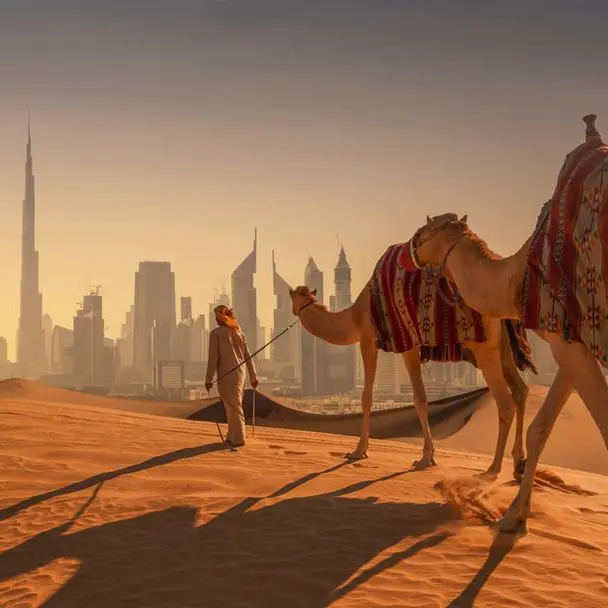PHOTO
Mercury, Jupiter, Venus, Uranus and Mars will be aligned in an arc form along with the moon on the sky after sunset. Experts underline whether people around the world can effectively see this alignment will depend on their geographical position and ambient light condition.
Dubai Astronomy Group CEO Hasan Al Hariri opines, “This phenomenon may happen once or twice in a year depending on the alignment of the planet as seen from the Earth. The planets actually don’t align. When the observers from the Earth look at the sky, to them, it appears as if these planets are in alignment. So, it’s a perspective. This happens because of the rotation of the Earth around the Sun. Last year, this alignment happened around morning. This time this kind of alignment will take place around the evening.”
Hariri underlines that though the planets go around the Sun in different orbits and orbital period, sometimes, they appear on the sky ‘bunched together’ in an alignment and more than one planet appears on the night sky of Earth in a linear arrangement.
He adds, “This alignment is truly impressive for someone who is observing it (from the Earth). We have Mercury, Jupiter, Venus, Uranus and Mars, and the Moon will be the added attraction to this. Mercury and Jupiter will be lying very low so there will be a short time to observe those planets. But Venus, Uranus and Mars can be easily observed later on. Uranus will not be visible to the naked eye. It can only be viewed with the help of a telescope. That’s because of the urban lights and the Moon’s glare that will not make this planet visible with an unaided eye. Therefore, Uranus will be quite dim for us to observe from the city. When there is no moon one can go to the desert and observe the Uranus with the naked eye but certainly, telescopes lead to a better view.”
Astronomers note that while planetary alignments happen every few years, but the configurations vary.
The last planetary alignment was a four-planet alignment on December 28, 2022.
“This five-planet alignment can be observed from the Al Thuraya Astronomy Centre at 8’clock tonight, tomorrow and day after. But at this time the Mercury and Jupiter will not be visible. But Venus, Uranus and Mars can be seen, and the Moon will also be a beautiful sight to reckon with. Details of the moon can also be seen like its craters, mountains and valleys."
"It’s always more interesting to observe the Moon during its different phases rather than only viewing the full moon. This sky gazing can be done with the help of big telescopes that we have at the Al Thuraya Astronomy Centre. For that, I’d request people to register on the website and then come down to the Centre to observe this celestial event,” adds Hariri.
Copyright © 2022 Khaleej Times. All Rights Reserved. Provided by SyndiGate Media Inc. (Syndigate.info).























